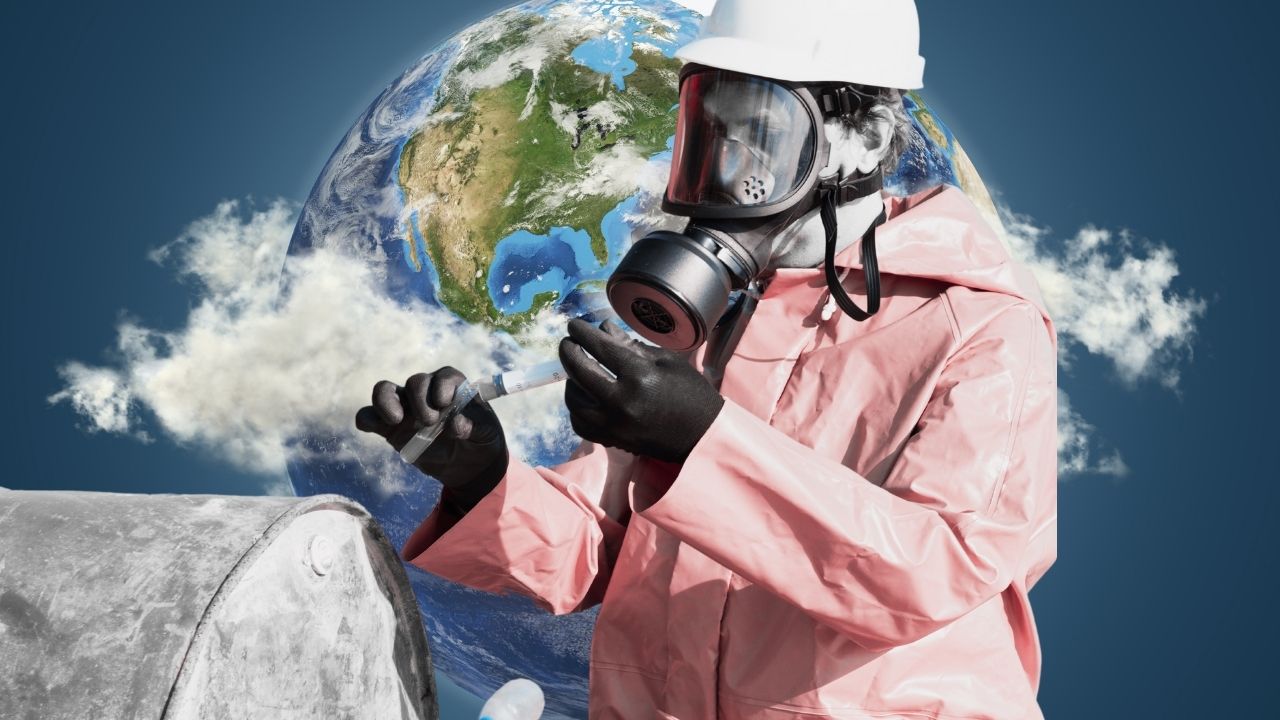- New jobs have provided a glimpse into how the world can turn to alternative, long-lasting resources that create room for economic growth.
- The role of environmental, health, and safety specialist was the fastest-growing green job between 2016 and 2022.
- Green jobs range — from clerical to engineering — meaning companies across all industries can find a way to incorporate new positions that address climate change.
With modern times comes the need for modern solutions.
Experts have warned that the world is at a crossroads when it comes to the environment and current common resources.
Much of the world relies on nonrenewable resources, including fossil fuels – which data shows could lead to irreversible damage to the climate.
However, the creation of new jobs has provided a glimpse into how the world could look if it turns to alternative, long-lasting resources that not only alleviate environmental burdens, but also create room for economic growth.
Recently, LinkedIn’s Economic Graph research team compiled profile data to identify which jobs are among the fastest growing within the green economy, which is a portion of the workforce that focuses on cutting down environmental damage and identifies non-harmful ways of developing the world.
The Fastest Growing Green Jobs
The demand for increased sustainability means more professionals are required in order to develop and manufacture the products that create a healthier planet.
Analyzing member profiles from 2016 to 2022, LinkedIn’s report showed that the green jobs with the fastest pace of growth during this time were:
- Environmental, health, and safety specialist (22.1%)
- Environmental health safety engineer (21.1%)
- Sustainability manager (21%)
- Forester (20.7%)
- Solar consultant (18.9%)
- Agronomist (16.5%)
- Wind turbine technician (13%)
- Arborist (8.2%)
In addition to companies seeking out leaner and more efficient production systems, the increase of these green jobs is also being driven by consumers wanting to support companies that take action in addressing social and environmental disparities.
The Unsustainability of Current Resources
According to nonprofit organization the Environmental and Energy Study Institute, around 99% of plastic is created from fossil fuels. Plastic contributes 300 million tons of waste each year, impacting the ocean, wildlife, and the food chain.
An ill planet means ill inhabitants. Not only will our air quality be damaged, but the economy will suffer too as much of it depends on the revenue and labor of oil companies and other producers of nonrenewable resources.
Consumers are taking note, and in recent years, demand for environmentally-friendly products and services has grown tenfold.
“The growing concern associated with climate change has consumers demanding that businesses do more – people want to see the companies they buy from investing in sustainable practices and being more eco-conscious,” said George Anders, senior editor at large at LinkedIn, who wrote the platform’s green jobs report.
According to research from First Insight and the Baker Retailing Center at the Wharton School of the University of Pennsylvania, nearly 100% of retailers believe that consumers value familiar branding over sustainability. However, just 56% of consumers were found to feel this way.
How Employers Can Tap Into The Green Economy
Green jobs have a wide range — from clerical to engineering — meaning companies across all industries can find a way to incorporate new positions that address climate change.
“Many green skills are already being used in jobs that aren’t traditionally thought of as green,” said Anders. “The green economy’s ability to expand job opportunities is too significant to ignore.”
While doing so is certainly great for the environment itself, creating new positions within the green economy can help alleviate the losses many organizations have felt from the ongoing Great Resignation.
Anders suggests that for professionals interested in participating in the green economy, searching for job openings with the keywords “sustainability” or “circular economy” can narrow down opportunities.
The green economy is still fairly new, and because of this, younger professionals have a chance to join the industry and help it flourish.
“Our recent Workforce Confidence surveys find that 80% of Gen Z respondents put a high priority on working at an organization that aligns with their interests and values,” said Anders. “That’s also a high priority for 59% of Millennial respondents. If people at any age get more personal satisfaction working in a green job, that could make them more likely to stay longer.”
What’s your SCOPE on the Future of Work?
Subscribe for highlights, digests, expert commentary, monthly roundups, weekly roundups. Cut through the noise, define your SCOPE and receive only what you’re interested in. Unsubscribe any time. It’s flexible. It’s free.


 Dr. Gleb Tsipursky – The Office Whisperer
Dr. Gleb Tsipursky – The Office Whisperer Nirit Cohen – WorkFutures
Nirit Cohen – WorkFutures Angela Howard – Culture Expert
Angela Howard – Culture Expert Drew Jones – Design & Innovation
Drew Jones – Design & Innovation Jonathan Price – CRE & Flex Expert
Jonathan Price – CRE & Flex Expert













